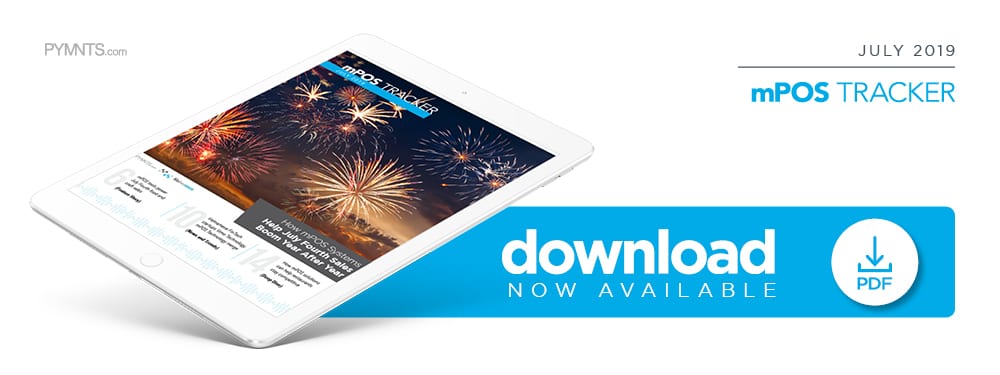Deep Dive: How mPOS Tools Help Restaurants Compete

A recent study found that the average American ate out 185 times in 2018 — dropping from 216 times in 2000. Restaurants looking to compete against meal kit subscriptions and online grocers are increasing their patronage by accelerating and improving their services. New technological strategies, including exploring the potential of mobile point-of-sale (mPOS) systems to provide speedier in-house experiences, can help eateries better attract and retain customers who have grown used to the convenience of other food services.
Speedy Service
Waitstaff traditionally have to make several trips between fixed POS terminals and guests’ tables when collecting orders and processing payments. Portable mPOS systems can help trim the number of trips staff must make, improving both efficiency and service. Staff can use such tools to take orders and send them directly from the table to the kitchen. Employees can then use the systems to accept both payments and tips when guests are ready to leave, making more efficient use of waiters’ time and improving customers’ experiences. Kitchen staff can use the product to notify servers when their orders are ready, enabling speedy delivery to the table.
Such devices also give waitstaff instant access to updated details about menu offerings, such as which dishes have sold out and which foods might trigger guests’ allergies. These tools prevent servers from having to run back and forth from the kitchen to the table to deliver important information to guests.
One restaurant mPOS provider stated that such solutions can reduce the time it takes to turn tables — from seating through payment and table preparation for the next customers — by 15 percent to 20 percent. That results in more customers being served and more revenue being brought into the restaurant.
Upping Accuracy
In addition, mPOS features can improve the accuracy of orders by saving kitchen staff from having to read potentially indecipherable handwriting. Other aspects of these tools can ensure that waitstaff remember daily specials, which can be sent to and listed directly on the devices, thereby reducing the likelihood of servers forgetting important details.
Hosts can also benefit from such devices, because mPOS systems can display the status of each table, enabling hosts to optimally seat new guests and accurately assess wait times. Restaurants could also use these tools to record details on individual customers and save the information to cloud-based storage systems. This would allow staff to pull up guests’ information, such as allergies and preferred tables, enabling them to offer personalized experiences.
The Right mPOS
Because mPOS offerings are frequently cloud-based, they can be integrated with other solutions — such as accounting software — and run on merchants’ existing devices. Not all mPOS tools are equally suitable for every business, however, and restaurants must choose their systems carefully.
A restaurant with several front-of-house staff members and a full kitchen may prefer a tablet-based mPOS tool that functions over Wi-Fi. The tablet could also be used in conjunction with other tools, such as kitchen ticket or receipt printers and cash drawers. These additional features might not be necessary for smaller restaurants, which may require only specialized handheld terminals that include card readers and POS software.
Even smaller venues, such as food trucks that work with slim budgets and limited space, might find smartphone-based mPOS solutions are the right tools for their needs. These systems utilize card readers that plug directly into staff members’ phones and function over Wi-Fi or cellular networks — something that is particularly important for sellers with inconsistent Wi-Fi access.
Quick-service restaurants (QSRs) looking to maximize speed can place mPOS tablets with card readers on tables, allowing customers to send and pay for orders without speaking to servers, saving staff time.
Whether running a food truck or a multivenue operation, restaurateurs need to provide quick service and accurate orders or customers may defect to other dining options. These businesses should consider mPOS tools as they examine their operations for potential areas of improvement.

